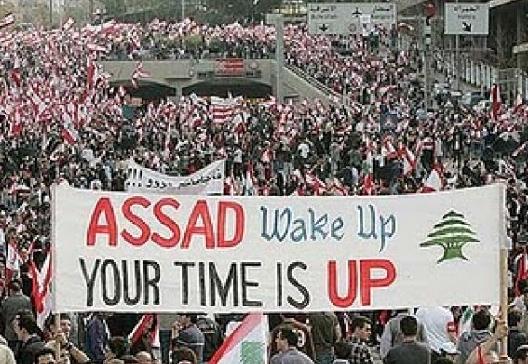Arab Spring Movement Visual Rhetorical Analysis
The Arab Spring Movement was a series of protest, demonstrations, and riots that took place throughout North Africa and the Middle East. These protest were in response to the numerous oppressive dictatorships present in the these countries. The Arab Spring was inspired by the Tunisian revolution in early 2010 and died out in late 2012. Only Tunisia has successfully transitioned to a functioning democracy. The revolution was greatly facilitated by social media which allowed the protesters to circumvent the government controlled media and authorities in order to organize demonstrations.

Visual:
|
The colors of the flags are high contrast to draw the attention of the viewer and create a sense of urgency. They also happen to be the same colors as a caution sign.
|
Genre: Icons
|
Protesters use the Rabia hand symbol on protest flags. This gesture is supposed symbolize the all those who had been beaten, imprisoned or killed by the egyptian army.
|

Visual:
|
The font is bold to create a sense of urgency. The words of emphasis “Assad” and “Up” are the largest, in bold, and in bright red to indicate importance.
|
Symbolism:
|
The sign contains the green cedar symbol which is the symbol of the lebanese flag, The sign also contains all the colors of the lebanese flag which indicates a populist/democratic message.
|
No comments:
Post a Comment